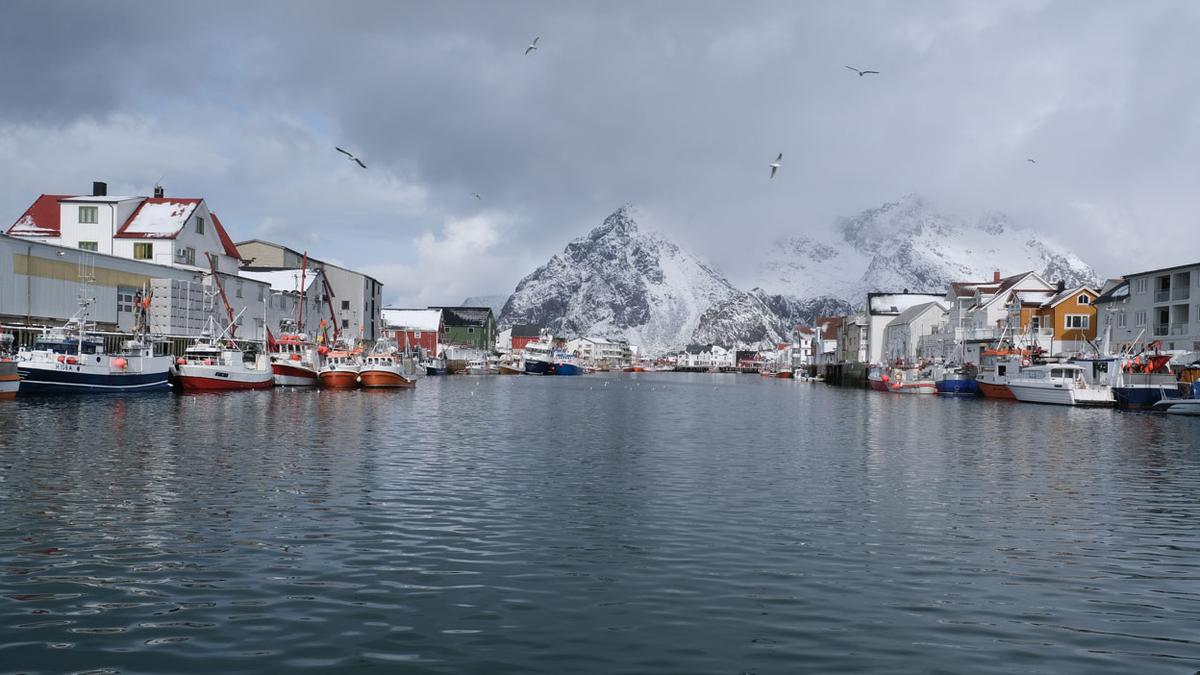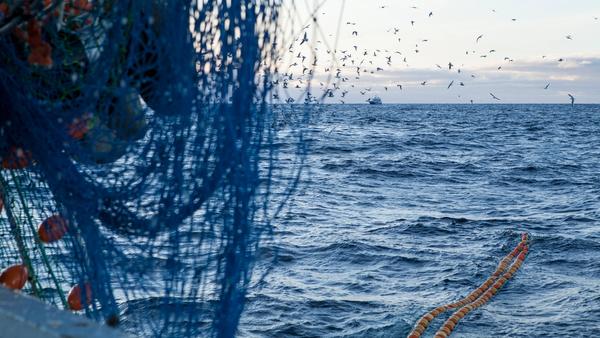Better waste management in harbours is one of the measures highlighted by both fishermen and researchers to reduce the litter generated by fisheries.
When there are many fishermen in the harbour, the waste container is quickly filled.
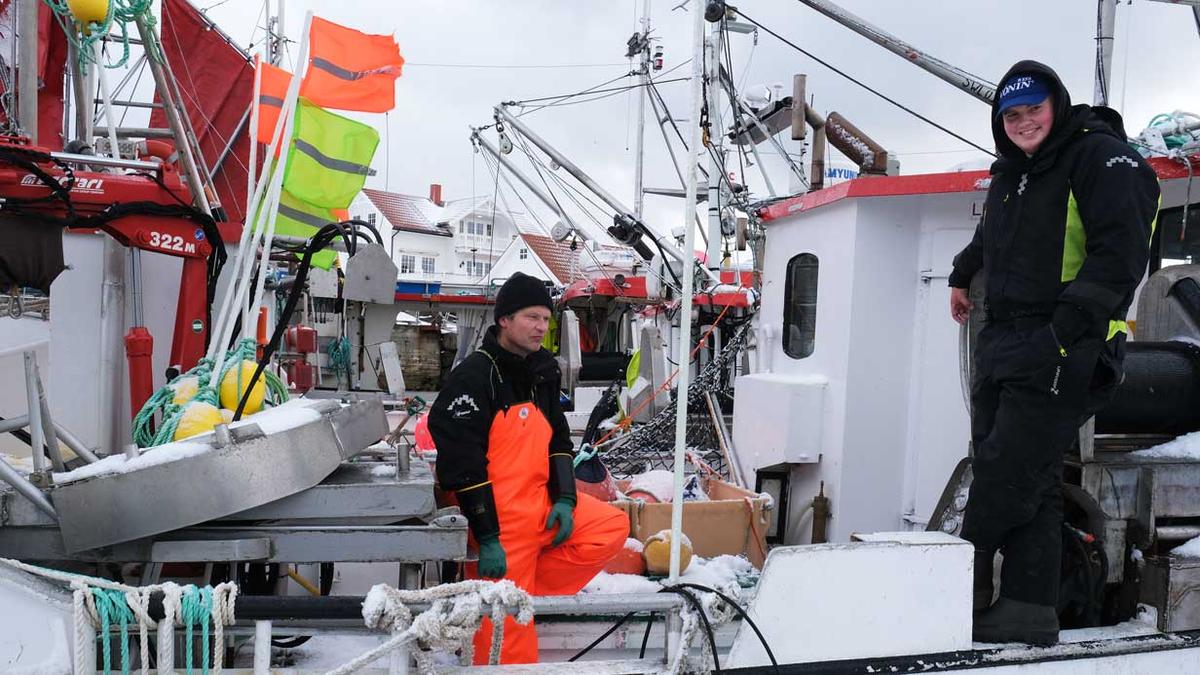
William Roger Hepsø stands on the deck of Sevik junior with Benjamin Selvik. They are among the many fishermen based in Henningsvær during the Lofoten Fishery who use the waste system close to the floating pier where they berth.
Henningsvær harbour has a waste station for the delivery of residual waste, hazardous waste and discarded tools for the smallest coastal fleet in its harbours. The waste station in Henningsvær is close to the municipal floating pier, but not directly at the quayside. For hazardous waste and residual waste, the waste station works well for the fishermen, even though it quickly fills up during the winter season.

The two fishermen are not familiar with the delivery service of discarded tools in Henningsvær. To use it they must transport such tools to the waste station and store them outside the container. On the wheelhouse, William Roger Hepsø has stored some discarded nets, which he won’t be delivering in Henningsvær, but in Osen on the Trøndelag coast, where he lives.
– The municipal waste station there is very suitable for delivering discarded nets and other equipment from the boat, he says.
The two fishermen are very familiar with marine litter and know that waste is an environmental problem when it ends up in the sea. They believe that fishermen act responsibly and have noted less waste ending up in the sea than previously. Equipment can be lost during fishing or in poor weather and the equipment they use during active fishing is stored on deck. All the fishing boats docked in Henningsvær have blowers, ropes, pots and flag buoys in their assigned places on the limited space on deck.In Lofoten, much of this equipment is also found among the marine litter that is most often cleared from the beaches in the region. Along the coast, fisheries equipment is one of the main sources of marine litter.
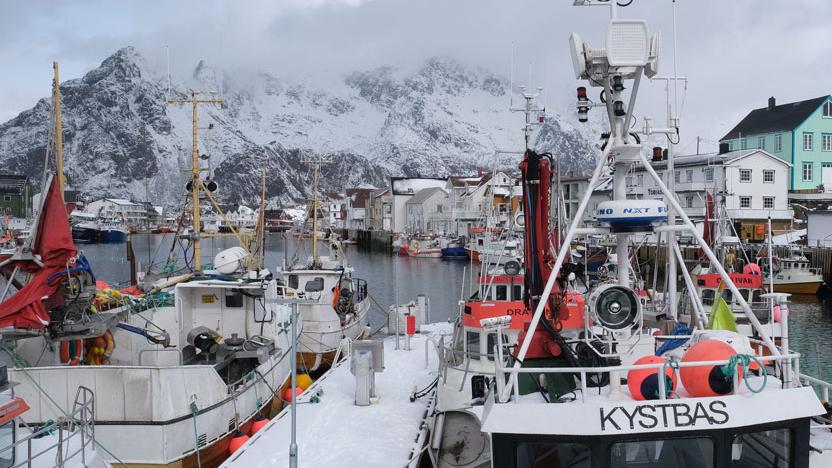
Knowledge shows way to action
In the autumn of 2020, two new sources emerged about the causes of littering of the sea and coast from Norwegian fisheries and what measures could be taken to prevent and reduce litter from fisheries, aquaculture and recreational fishing.
The "Knowledge acquisition for the Directorate of Fisheries' action plan to combat marine litter" and the research article "Marine litter: Institutionalisation of attitudes and practices among Fishers in Northern Norway" both show that attitudes among fishermen are changing, but that good attitudes also require good measures to reduce litter from fisheries in the years ahead. The latter shows that three interlinked factors are required to achieve lasting change:
- increased knowledge and attitude change
- altered handling of waste when fishing
- improved waste systems in the harbours
In the knowledge acquisition of the Directorate of Fisheries, good waste systems in harbours, which also apply to discarded equipment, are one of the most important measures that fishermen themselves have highlighted to prevent littering.
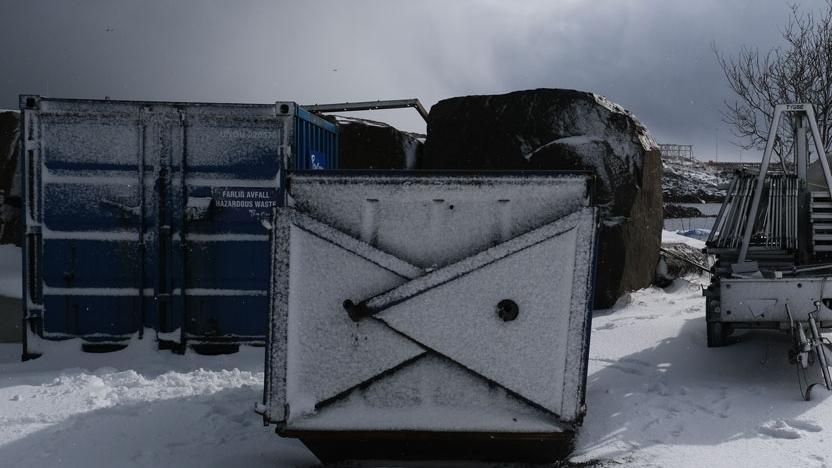
A waste plan that reflects reality
For 10 years, the port authority in Vågan muncipality has worked towards creating a good waste management plan. The users need a waste system in the ports that provides for their day-to-day needs. The latest revision of the waste plan was recently implemented with this in mind. The current waste stations comprise one container for hazardous waste and another for residual waste, and one of the improvements they have made is communicating information to users online. Discarded equipment from the smaller coastal fleet can be safely deposited at the waste station by the users and is managed by the services offered by the harbours of Vågan.
“There are few clear frameworks from government bodies regarding what a workable waste plan should look like. Our initial plan was well intended regarding source separation, but we quickly discovered that source separation of food and paper was aiming too high. The most important factor is to have a plan that reflects everyday needs. After much trial and error, we have now installed the waste stations where the need is greatest, close to the berths that we offer the fishermen in our harbours,” says port manager Ole Osland.
Svolvær and Henningsvær have waste containers all year round and Svolvær has three permanent waste stations. During the winter season, there is significantly higher activity in the fishing harbours in Lofoten and Vesterålen and therefore greater amounts of waste to be handled. This applies to residual waste and hazardous waste, but also to discarded equipment.
"We are working on putting in place a scheme in Henningsvær for nets and fisheries waste, which makes it easy to load and unload.
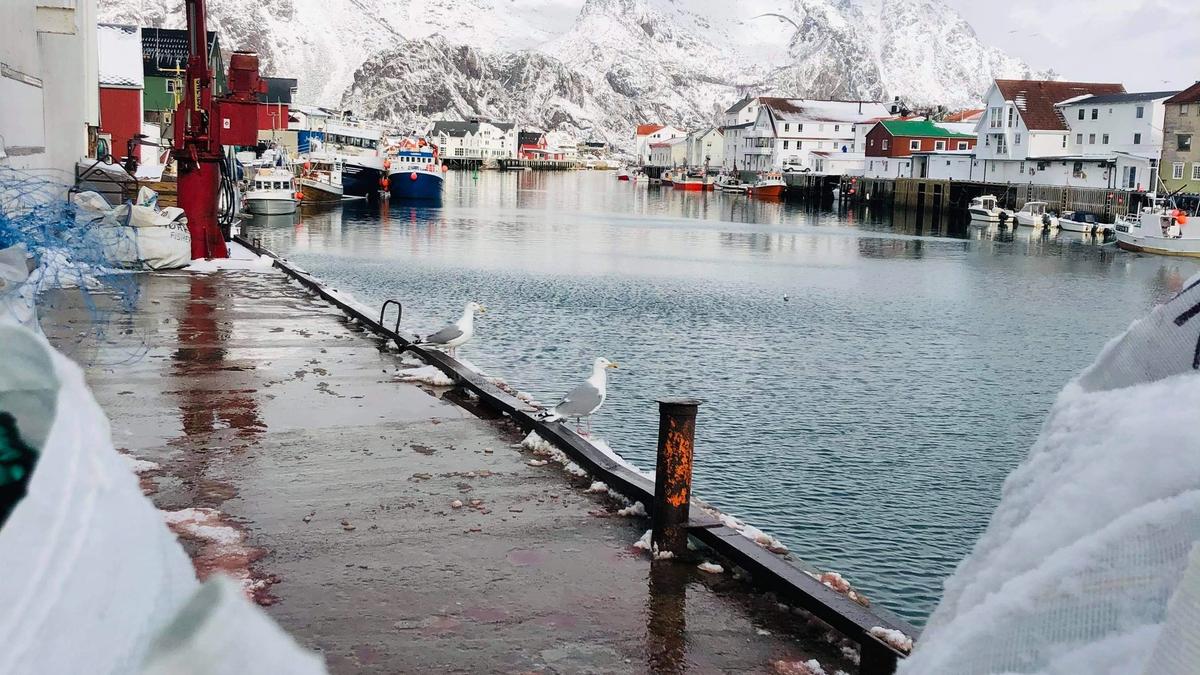
Which fishing harbours in Northern Norway are really good at waste management?
The county governors have national responsibility for following up and approving waste plans in harbours. Troms and Finnmark have 216 fishing harbours or harbour-areas connected to the aquaculture industry with quays that require a separate waste plan. The status in May 2021 is that of these harbours, around 40 of them have an approved waste management plan. In Nordland, 106 fishing harbours have been registered, 34 of them with an approved waste plan.
In 2021, the work on waste plans in harbours will be strengthened with a newly created project position, which has been assigned to the County Governor of Trøndelag. Thus, the three northernmost counties will be able to increase activity regarding the procurement of waste plans for approval, as well as guidance and control. The County Governor is also working on developing a new database for waste plans in harbours. Regulations and the desire for simplifications are being discussed.
"Going forward, it may be appropriate to consider solutions in which responsibility is assigned in such a way that it is more implementable.It is also an advantage if you can distinguish between the requirements according to the size and activity of each harbour," says Rikard Humlen at the County Governor’s office in Nordland.
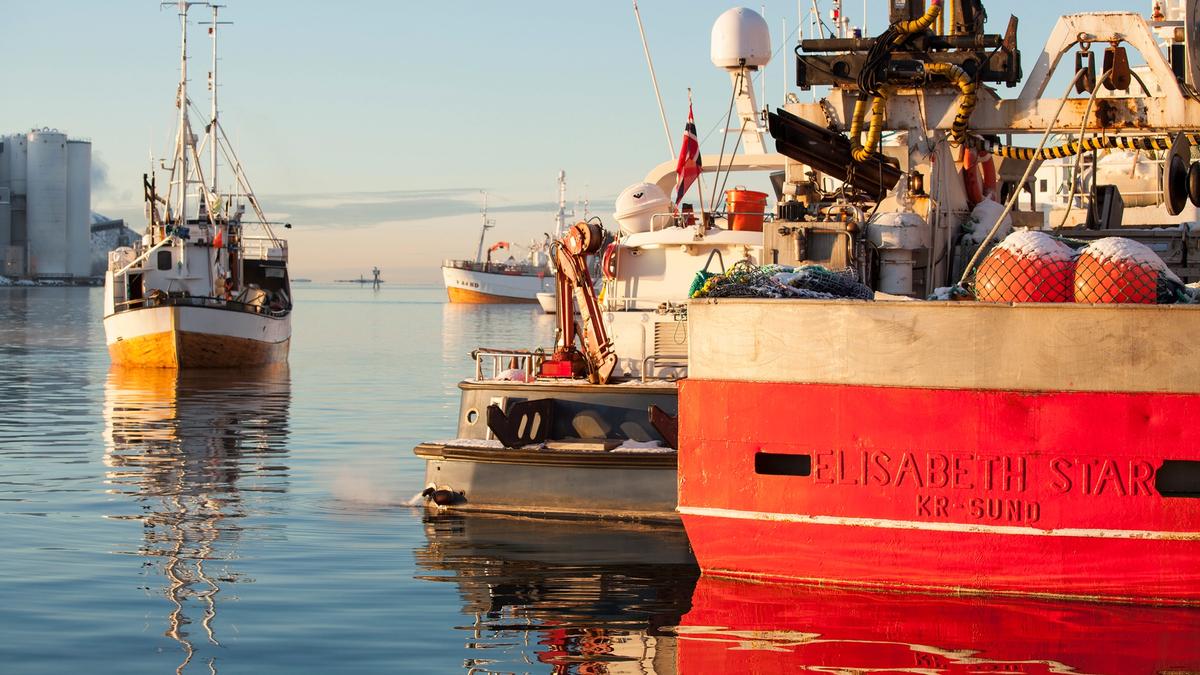
Future waste management in harbours
Lofoten and Vesterålen have a high level of fisheries activity and Vågan havn KF is aware of the need to deliver discarded equipment and equipment recovered from the sea. For several years, "Fishing for Litter" has facilitated the delivery of equipment recovered from the sea for fishermen in selected harbours. In Lofoten and Vesterålen, Stamsund and Myre harbours have participated in the scheme. In 2020, these two harbours received a total of 8388 kg of of equipment recovered from the sea. The scheme has worked in the harbours that have been part of the scheme, although it mainly concerns recovered marine waste, which can be delivered free of charge to one of the 11 harbours participating in Norway.
In 2020, the Norwegian Environment Agency and the Norwegian Maritime Authority issued a joint recommendation regarding the change of waste disposal facilities in harbours. The recommendation deals with the better facilitation of waste sorting and reception centres for recovered marine waste. Provision has not previously been made for recovered marine waste as a “type of waste”. It is also recommended that this scheme be financed through a general fee for fishing vessels under 45 metres. The fee is currently only applicable to ships, but it is recommended that fishing vessels are also covered by the general waste fee scheme.


